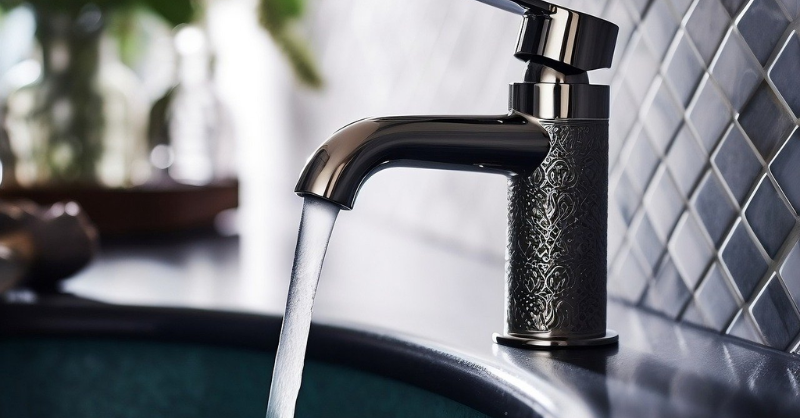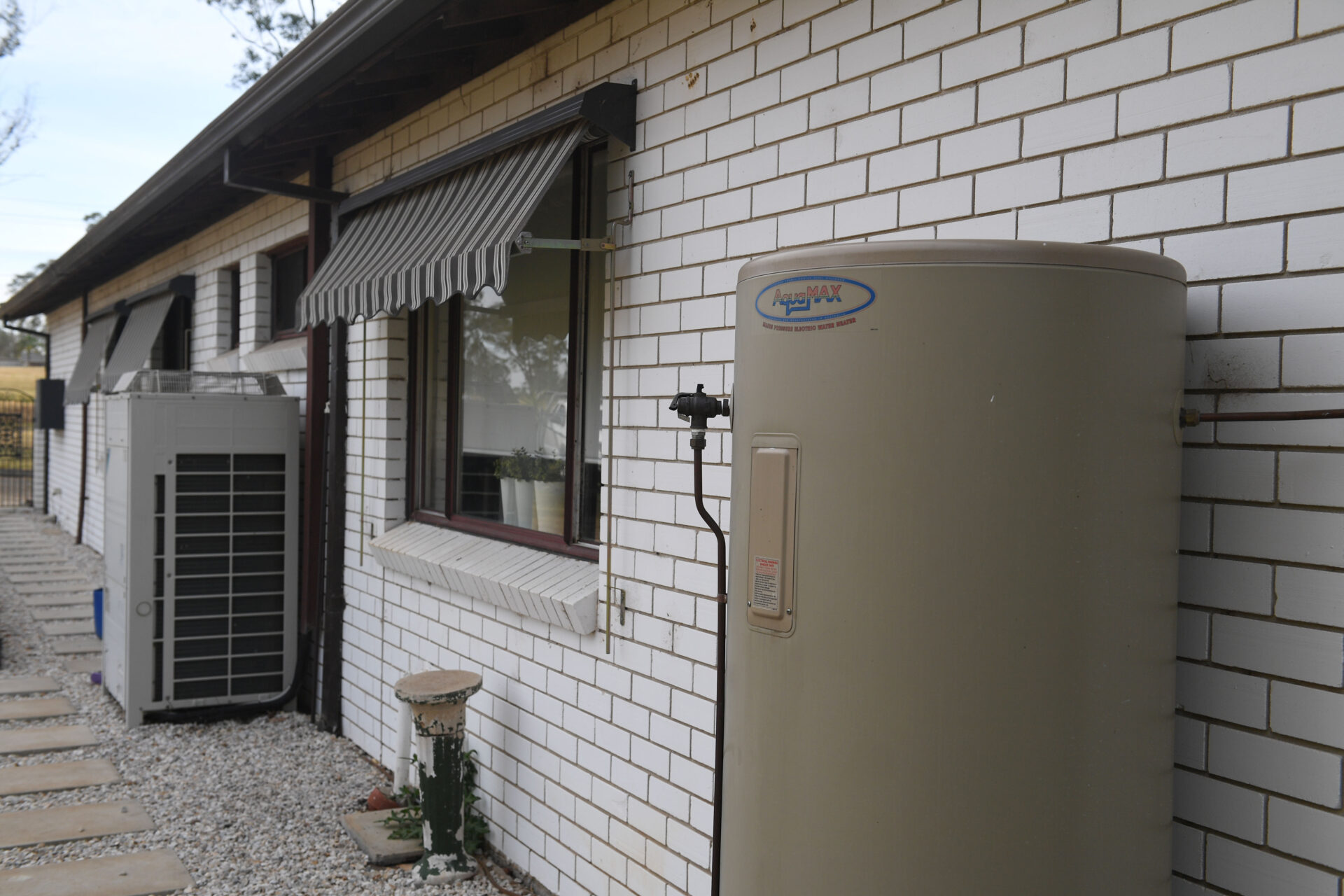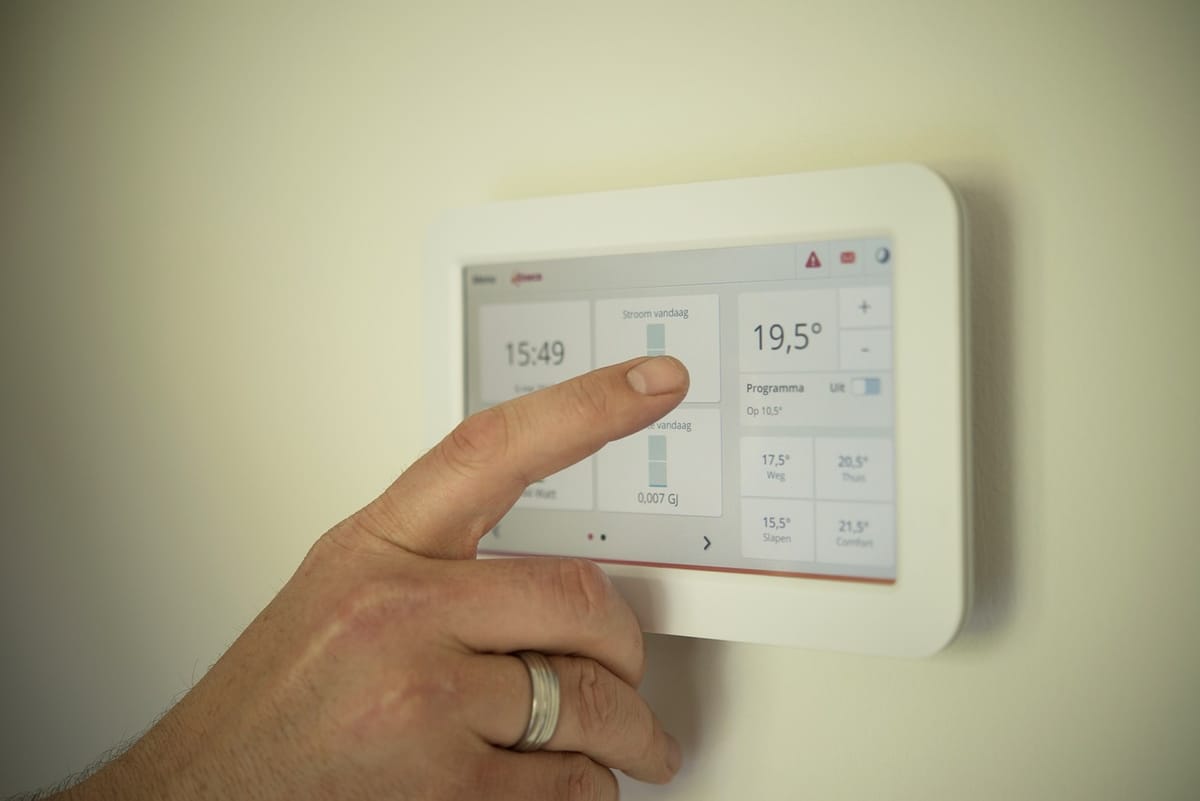
Using 'waste' solar to heat our water
Is there a better way to heat water for our buildings. One that also 'soaks' up the surplus (and now wasted) cheap solar electricity. It turns out there is.
Is there a better way to heat water for our buildings. One that also 'soaks' up the surplus (and often wasted) cheap solar electricity. It turns out there is. All it needs is a different way of thinking, a different system design.
In Australia electric off-peak hot water systems have been set to operate at night, because this was when electricity demand was at its lowest. And the cost was cheapest. But now as a country they produce vast amounts of solar during the day, a percentage of which gets curtailed ie wasted. There is nothing to stop the current overnight system switching to daytime heating. Just system inertia.
This is why a recent report from The Australia Institute caught our eye. They wrote about how the amount of curtailed renewable electricity (around 4,000 gigawatt-hours (GWh)), almost exactly matched the potential demand from heating hot water in the middle of the day. It seems a no brainer.
Why does this matter? The variable nature of our new electricity generation systems requires us to adopt different ways of thinking. One part of this must be time shifting, moving demand to where we have excess supply and when electricity is cheapest.
This is a What Caught Our Eye story - highlighting reports, research and commentary at the interface of finance and sustainability. Things we think you should be reading, and pointing out the less obvious implications. All from a finance perspective.
It's free to become a member ... just click on the link at the bottom of this blog or the subscribe button. Members get a summary of our weekly posts, including What Caught Our Eye and Sunday Brunch, delivered straight to your inbox. Never miss another blog post !
Off-Peak Hot Water: One Simple Change to Support Renewable
Off-peak electric hot water systems have been a common choice for Australian households since the 1950s, particularly in NSW and Queensland. These systems work by using electricity to heat water, and they do so during the times at which electricity demand has historically been at its lowest: overnight, and usually between the hours of 10pm and 7am. They were designed to create demand for coal-fired electricity throughout the night, at a time when households and industry otherwise had little use for electricity

As the report highlights, the system is fairly simple. In order to ensure that only electricity for use in the off-peak hot water system is supplied at the discounted price, off-peak systems are wired up to a separate circuit that allows the electricity distributor to switch them on and off remotely, often via a pulse of electricity at a specific frequency. And to compensate for heat loss, the water tanks are over sized.
That was then. What about now. The first point is that coal will eventually be phased out, even in Australia. So the logic for running at night will go. Australia now has abundant solar. And the peak for this is not the middle of the night, it's the middle of the day.
So logic says why not shift the incentives. Keep the existing system of separately wired hot water heating and just switch the discounted electricity to the middle of the day?
How do the numbers stack up? According to the report, annual forced curtailment (wastage) for 2023-24 was around 4,000 gigawatt-hours (GWh). This represents around 9.3% of Australia’s total generation from wind and utility solar.
And switching off-peak hot water to the middle of the day could provide around 4,000 GWh of flexible demand, almost the exact current level of renewable curtailment.
This could save up to $6 billion in household electricity and energy costs by 2040. Let's say that again - a simple switching of how the tariff works could say $6 billion.
One Last Thought
At this point I am sure a number of you are going 'hey that's interesting but I use gas to heat my water'! Well maybe you do, but using electricity is more common than you might think.

And just a slightly left field question .... why do you use gas?
I am guessing it's partly tradition, and partly electricity pricing (relative to gas it's very expensive in some countries). But what if you could heat your water with cheap solar? Yes, you would need a bigger water tank, and the electricity utilities would need variable tariffs. The first part might suit a lot of households, and the second should not be difficult.

Please read: important legal stuff.



